Cory’s Shearwater and Birds of the Portuguese Azores and Madeira
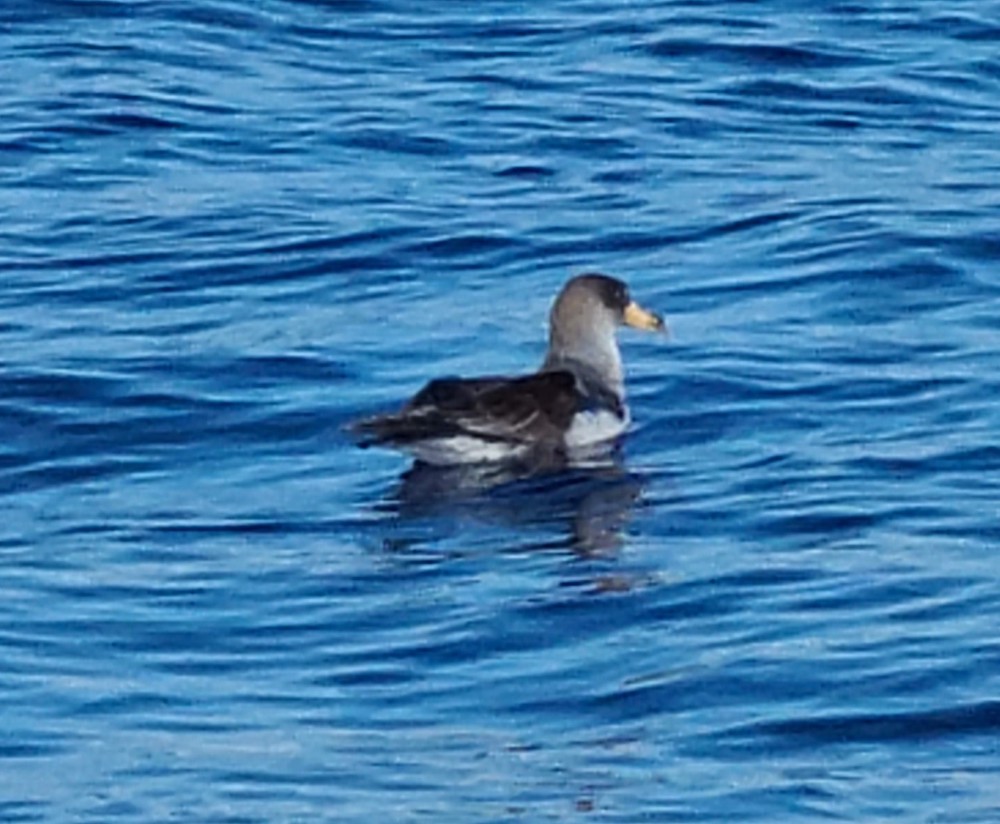
Cory’s Shearwater off the coast of Madeira, Portugal
Photo Credit – Author
Cory’s Shearwater is a large, heavy bird and a member of the seabird family Procelleridae. It breeds primarily in the Portuguese islands of the Azores and Madeira and the Canary Islands, Spain. During May this year, I had occasions to observe these birds on the ocean near the islands of Terceira and São Miguel in the Azores and the island of Madeira. Thank you, Overseas Adventure Tours, for giving me these opportunities.
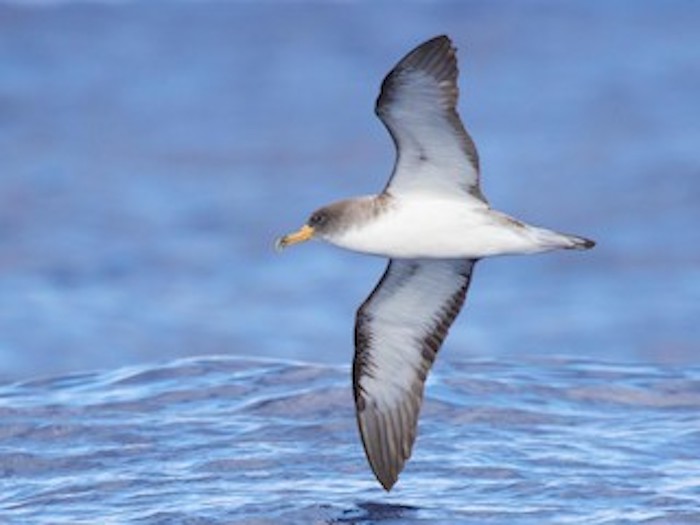
Cory’s Shearwater in Flight
Photo Credit – Brian Sullivan, eBird
Cory’s Shearwaters, with their distinctive size, brownish-grey upper parts, white underparts, and yellowish bill with a dark, hooked tip, are a sight to behold. They silently glide over the water with long wing beats, and wings bowed and angled slightly back. Their unique behavior of being either at sea or hidden in burrows, crevices, or caves, incubating their eggs, adds to their mystique. As we heard on Terceira Island, breeding birds will return to the land at night and call together in their burrows, creating a symphony of high-pitched sounds from the male, like a baby crying, and deeper rasping calls from the female, like a chain-smoker with a hangover. In folklore, shearwaters are associated with death. Legend is that their sound comes from a ghost or devil, with a woman’s face and torso and a bird’s body that fatally attracts sailors at sea.
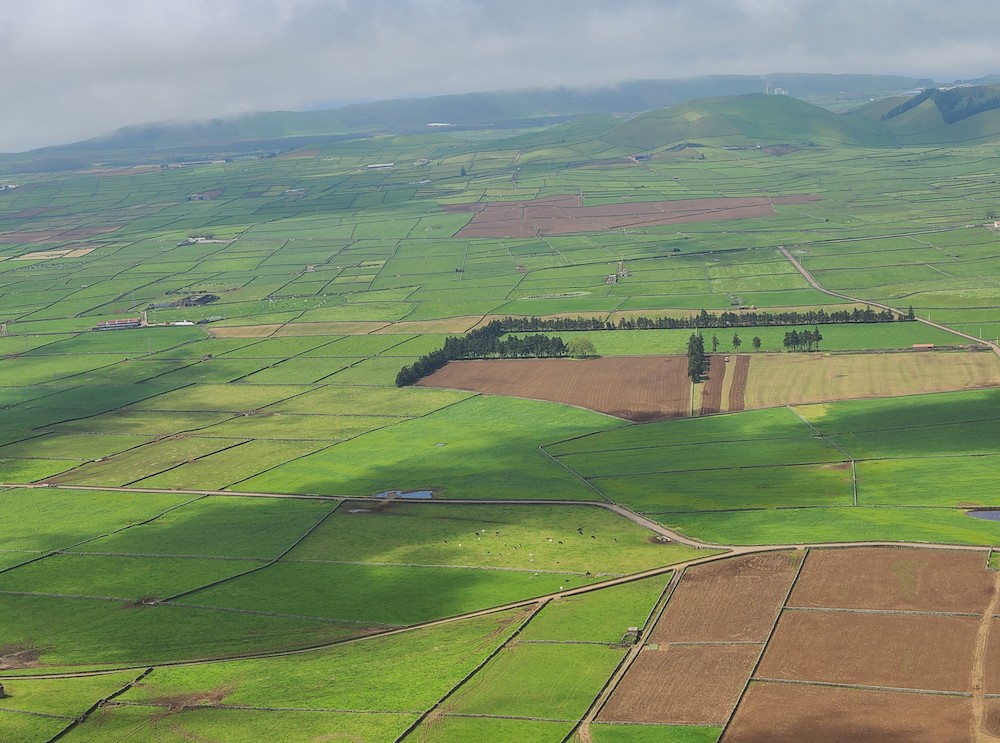
Terceira Island, Azores
Photo Credit – Author

São Miguel Island, Azores
Photo Credit – Author
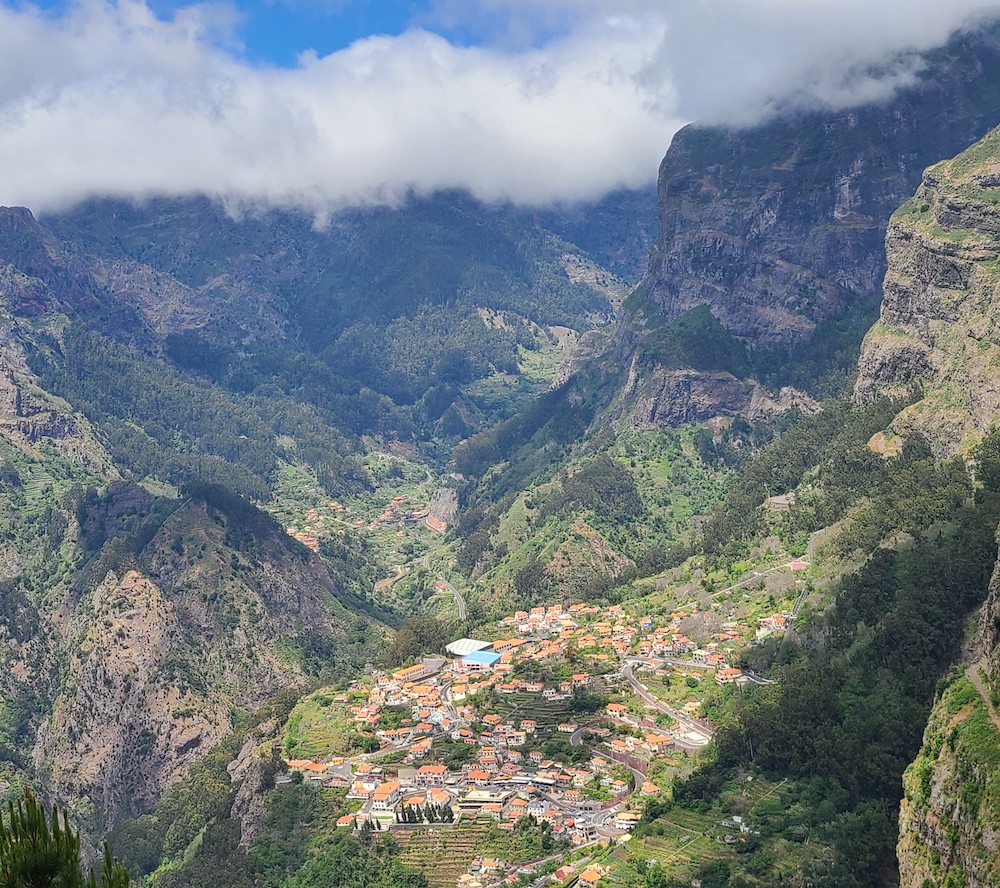
Madeira Island inland
Photo Credit – Author
About 75 percent of the world’s Cory’s Shearwaters breed in the Azores – approximately 200,000 breeding pairs. They mate with the same partner at the same breeding site every year. Females lay a single egg in late May, and the chick fledges in October. After breeding, the birds winter across the open ocean, mainly off southern Africa, although their range includes North America’s east coast, Brazil, Argentina, and Uruguay. Young birds reach maturity at ages 5 to 7, before which their time is spent at sea. The birds’ life span is around 20 years, with the oldest on record reaching 40. Their main prey is small pelagic fish and squid caught on or near the water’s surface. I was fortunate to spot them on the ocean near Terceira and São Miguel and off the coast of Funchal in Madeira.
These observations emphasize the importance of conservation efforts to protect the birds’ habitats and to ensure their survival. Threats include nest predation by cats, rats, etc., and habitat degradation. Light pollution interferes with the birds’ navigation using the moon, and plastic pollution kills them at sea.
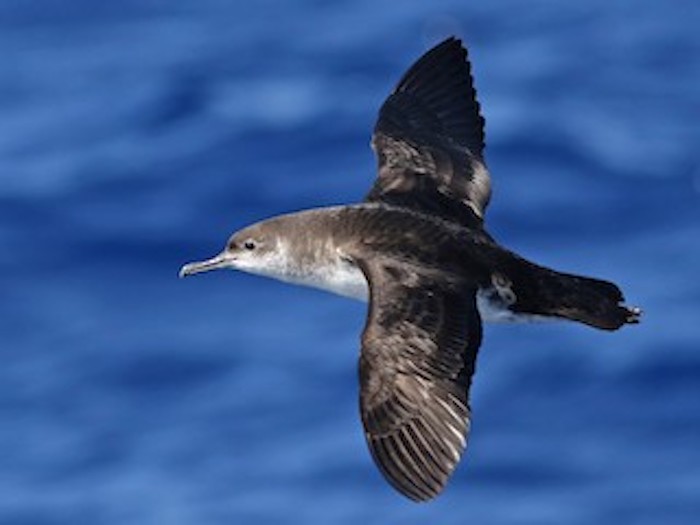
Manx Shearwater
Photo Credit – Kirk Zufelt, eBird
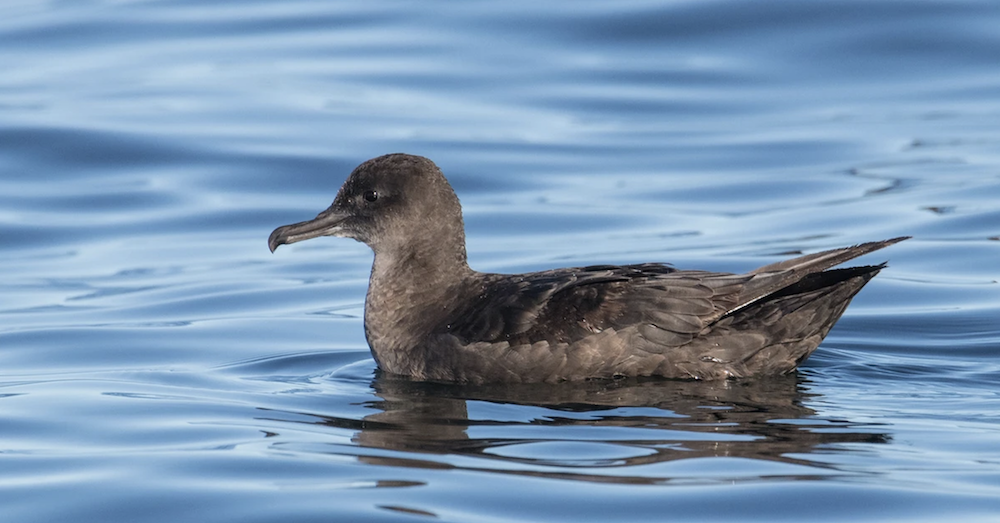
Sooty Shearwater
Photo Credit – National Audubon Society
My first encounter with the Shearwater family occurred in the early 1960s at Spurn Point in England. Here, I had the privilege of spotting both Manx and Sooty Shearwaters. In northern California, Sooty Shearwaters are seen off the Pacific coast. My experiences have created an appreciation for these magnificent birds and fueled my passion for their conservation.
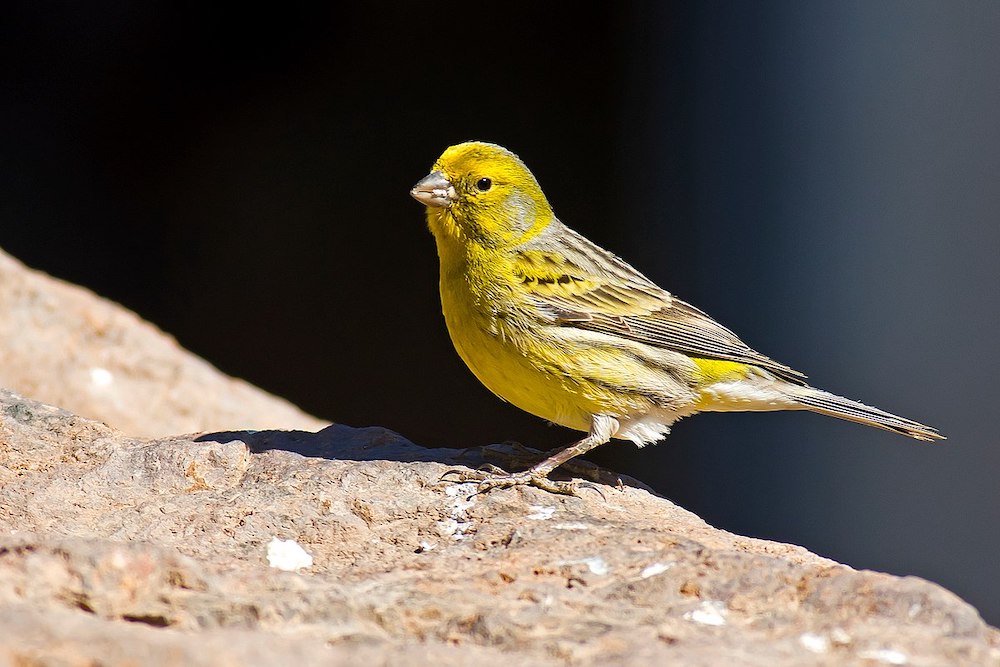
Atlantic Canary
Photo Credit – Wikipedia
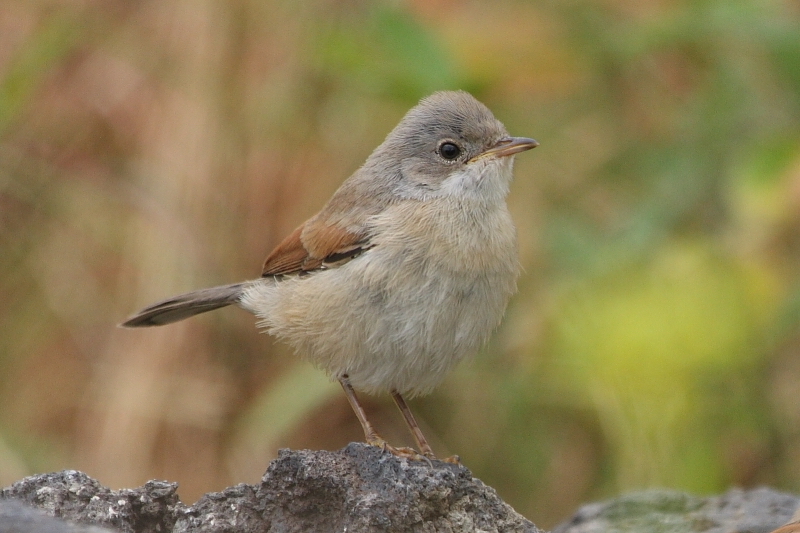
Spectacled Warbler
Photo Credit – Observation.org
During the visit to the Azores and Madeira, my bird spotting was not limited to shearwaters. I recorded several common species, such as Blackbirds, House Sparrows, Blackcaps, Wood and Feral Pigeons, European Robins, Yellow-legged Gulls, Common Tern, and Chaffinches. The more unusual species included petrels in Madeira, Atlantic Canaries on all islands, and possibly a Spectacled Warbler on Madeira.
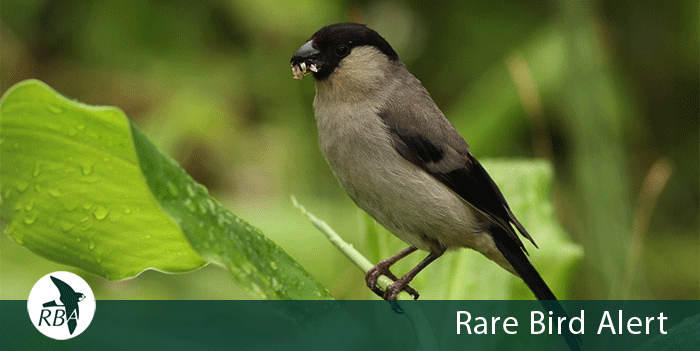 Azores Bullfinch
Azores Bullfinch
Photo Credit – Rare Bird Alert
The one species I hoped to see on São Miguel Island was the Azores Bullfinch. Its range is currently restricted to a small, forested area on the island’s eastern end, and its population is estimated to be less than 1000. Numbers have declined as forests have been converted to grazing and agriculture, and afforestation has shifted to using introduced plants. It’s a shy bird and remained hidden from view during my visit.

Chaffinch
Photo Credit – Author
The same could not be said for its cousin, the chaffinch. They were everywhere and were almost tame on Madeira. The memories of watching this pretty bird take seeds from my hand will distinguish my visit to the islands of Portugal from other vacations. As tourism continues to expand across all the islands, I hope those in charge prioritize the survival of all present bird species, especially those native to the Azores and Madeira.



